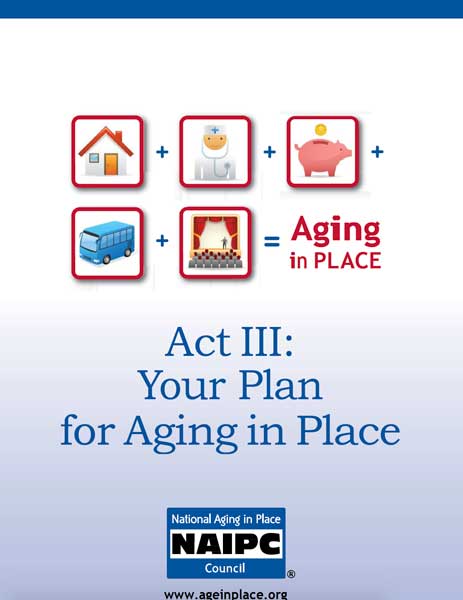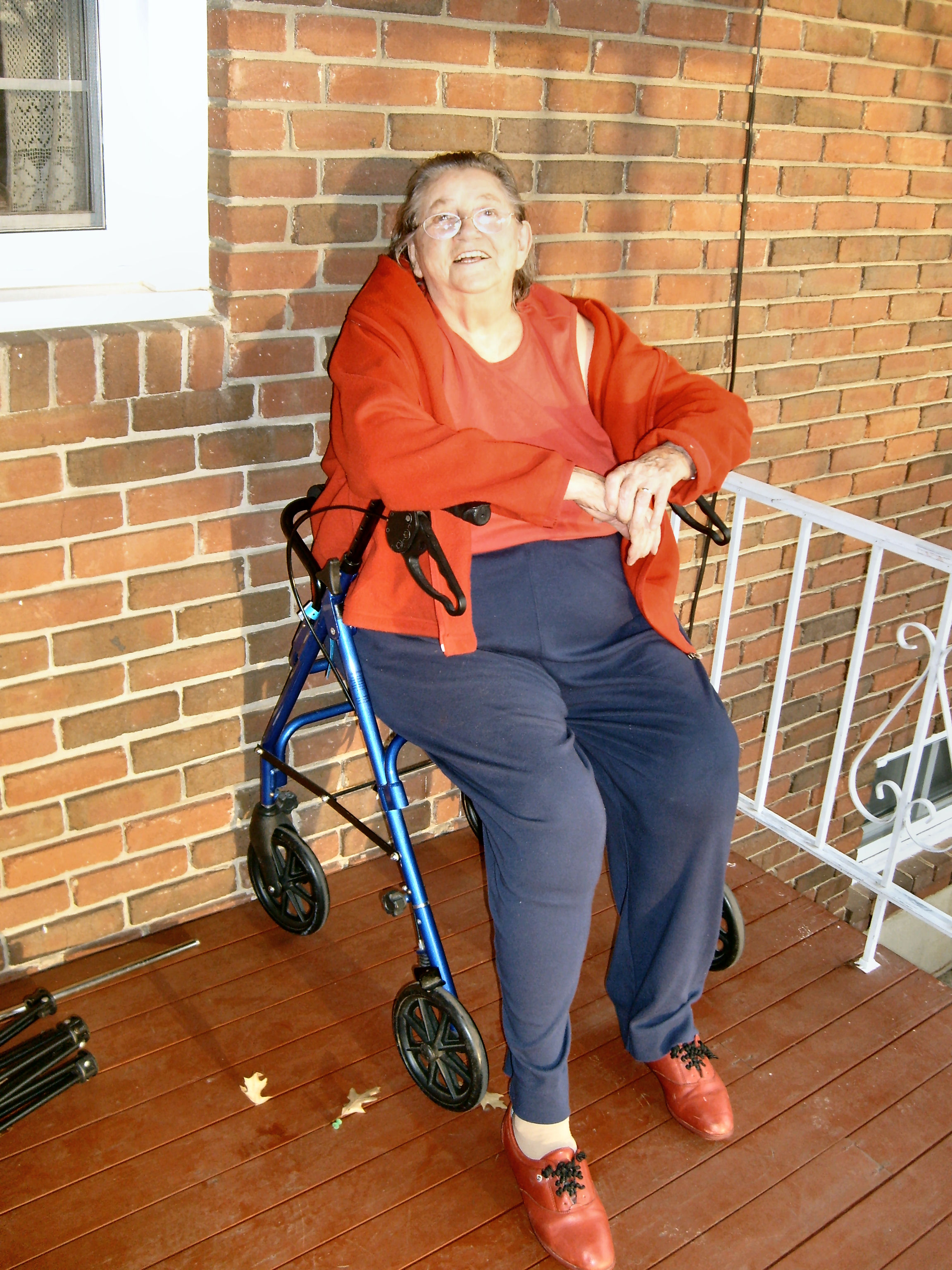As I work on helping seniors to remain in their homes and try to educate people on the choices they have as they age, I realize more and more how important it is to be able to stay in touch. I have written many things in this column about different products and services that help seniors who are aging in place and their caregivers and loved ones stay connected. I am continually looking for new ideas and approaches to make this process simpler. One of the simplest ideas is the idea of banding together to form villages to facilitate people helping each other. (The first village in our region is Lynchburg Area Villages. They are holding a Seniors Forum at the Oakwood Country Club on March 8. For more information visit www.lynchburgareavillages.org or call 434-851-6530) I am also researching the plethora of electronic communication and monitoring systems that are appearing on the market.
There are many platforms and setups on the market and more are appearing every day it seems like. Rather than get into specifics and individual systems, I’m going to talk about some of the different approaches and features that are available. I intend to begin offering some of these monitoring systems in the near future, so if you’re interested, I would very much like to know what features are important to you.
First of all, there are two broad categories of information we might want to monitor. These are “remote vital signs monitoring” and “remote passive activity/safety monitoring”. In other words vital signs monitoring gives a caregiver the ability to check things like blood pressure and heart rate while activity/safety monitoring allows a caregiver to make sure that everything is OK. All of these systems rely on sensors of various kinds. There are motion detectors, sensors that can tell when a door or window is opened, or a stove is turned on, or a toilet flushed. Many of these systems will “learn” a person’s patterns and alert a caregiver if something is out of the ordinary. For example a pressure sensor in the bed registers that your loved one usually gets up between 8:00 and 8:30. If there is no movement by 9:00 it triggers an alert. Because of privacy concerns, some systems eschew the use of cameras while others use them only in common areas or at ankle height. Most systems are highly customizable to adapt the installation to the individual’s needs. Motion detectors can sense movement and turn on the lights. Another distinction is whether or not there is a central monitoring service available. While many systems require family members or other caregivers to receive the alerts and respond accordingly, at least one system offers a centralized switchboard of tele-caregivers. Options are available for constant surveillance, scheduled check ins, or on call only. This kind of support is great for people who don’t have family to take an active role in monitoring their loved one. Another neat feature I found is a video screen than can be set up to display the patients schedule, weather, news, and other information of interest to them. Family members can even send pictures or videos whenever they want. Also the system can be set up with a video chat feature so you can see and talk to a family member even if they are on the other side of the world!
There are many more features and more every day. I’ll be writing more about this subject in the months ahead so let me know if you have questions. You can reach me at 540-556-0650.


